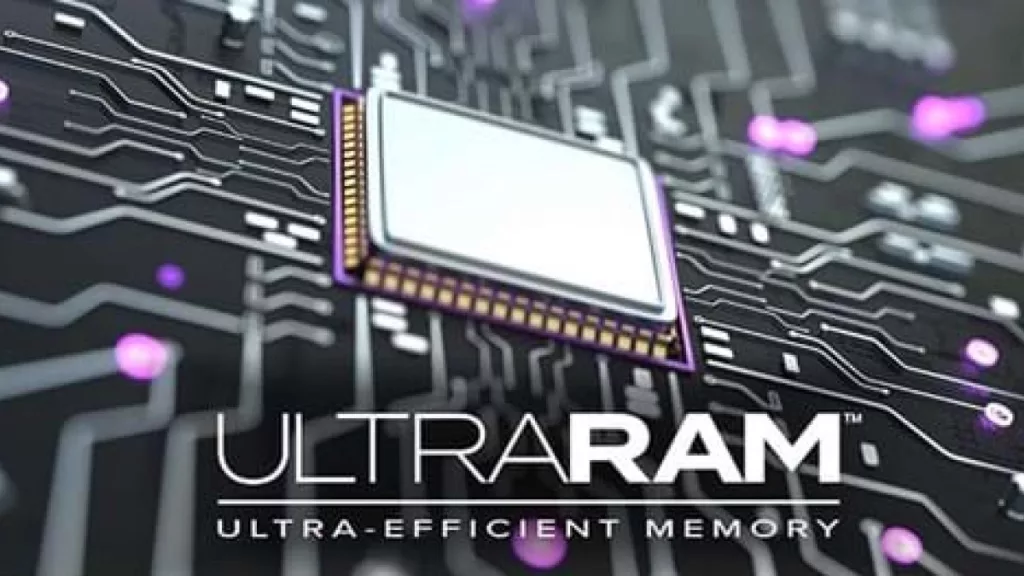
The engineers behind ULTRARAM have made another breakthrough in bringing the new type of computing memory closer to mass production. Researchers from Quinas Technology, a spinoff company from Lancaster University, and IQE plc, a leading supplier of advanced wafer products, have collaborated to bring ULTRARAM another step closer to volume production. The new technology seeks to combine the best of both worlds of DRAM and NAND by providing non-volatile, high-speed, high-endurance memory. Additional funding from Innovate UK is assisting both companies to move forward in discussions with foundries and other industry manufacturers for pilot wafer production.
With data retention of up to 1,000 years and up to 4,000 times the durability of DRAM, ULTRARAM has a lot going for it. The year-long collaboration has resulted in a new world’s first process of gallium antimonide and aluminum antimonide epitaxy. Per Blocks & Files, “Epitaxy is the process of growing a crystalline layer on a crystalline substrate in a regulated manner, with the deposition layer adopting the substrate’s crystal structure.”
“We have successfully achieved our goal of developing a scalable epitaxy process for ULTRARAM, a milestone towards industrial production of packaged chips. This project represents a unique opportunity to bring the next generation of compound semiconductor materials to life in the UK.”
-Jutta Meier, CEO of IQE
There are numerous advantages of ULTRARAM. From data retention w/o power to speed and endurance of DRAM, to reduced power consumption, it poses to be a highly disruptive technology vs current memory solutions. James Ashforth-Pook, Quinas CEO and co-founder, stated that “at 100 ns at energies of <1 femtojoule, which is lower than any known memory device. As a candidate for ‘universal memory’, ULTRARAM has the potential to radically transform the entire digital technology landscape, from small autonomous Internet of Things (IoT) devices, through to smartphones, laptops and datacenters.”
While DDR and NAND overwhelmingly dominate the consumer front in desktop and mobile storage, guised in various form factors, with HBM and GDDR in others, similar but more powerful incarnations exist at the datacenter levels. ULTRARAM has the potential to uproot all of them, but only time will tell if it can live up to its promise and gain adoption in industries that are already so embedded with other established technologies.
